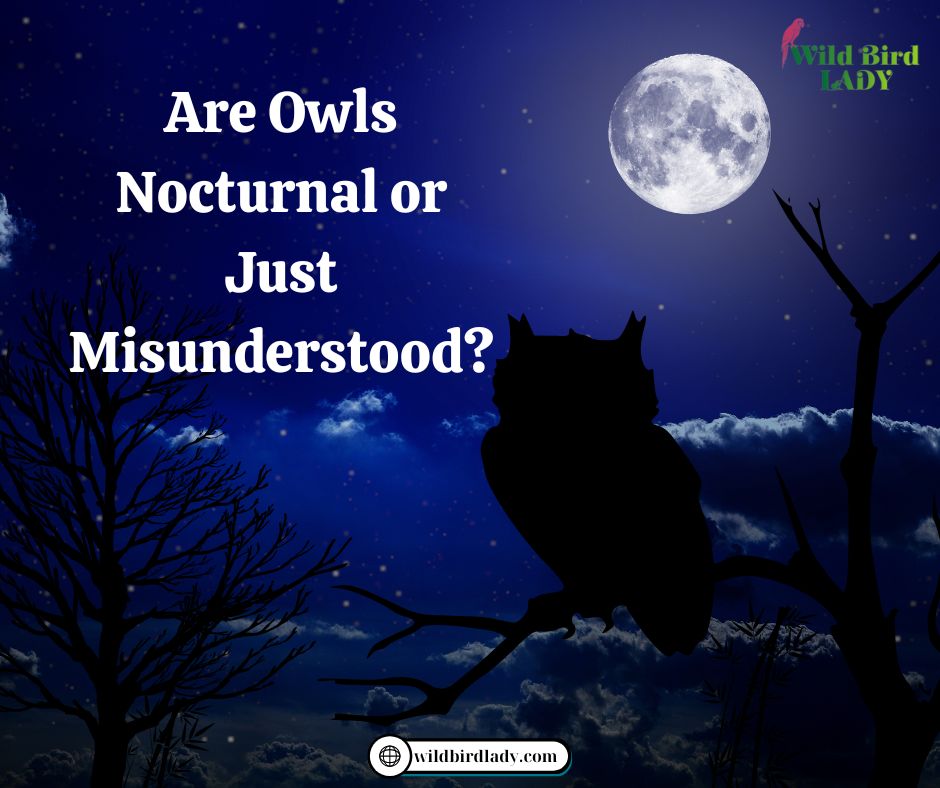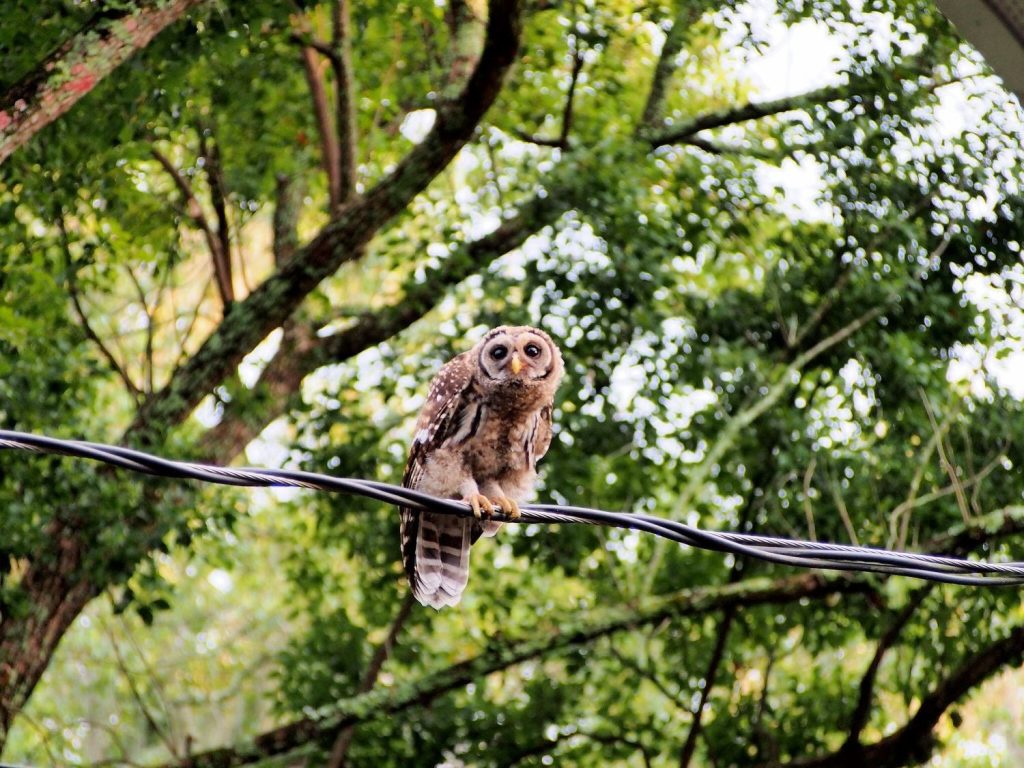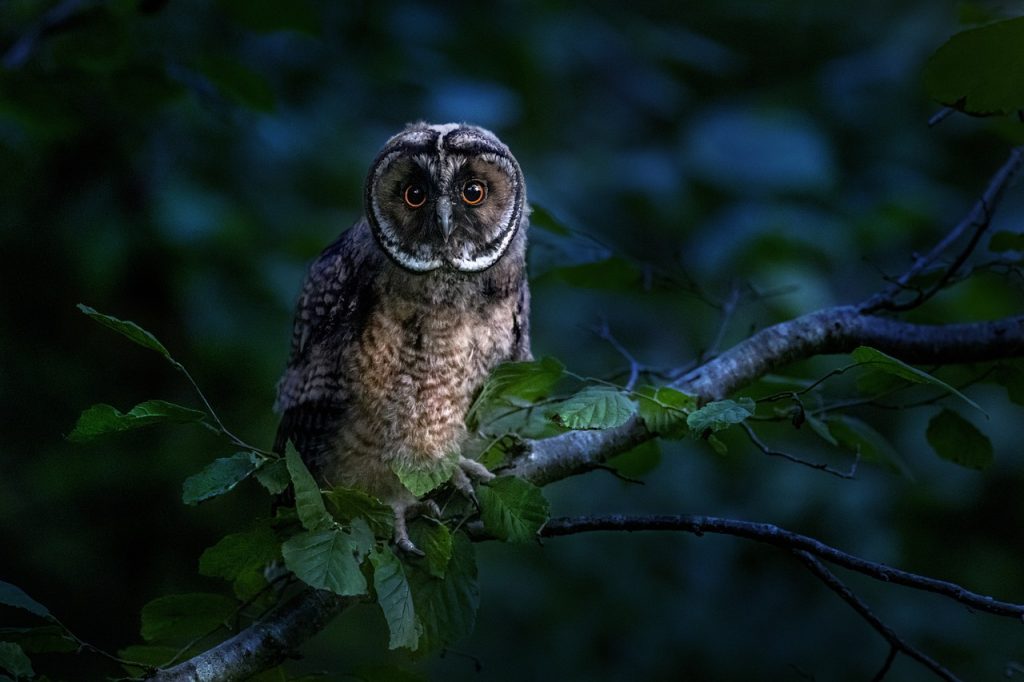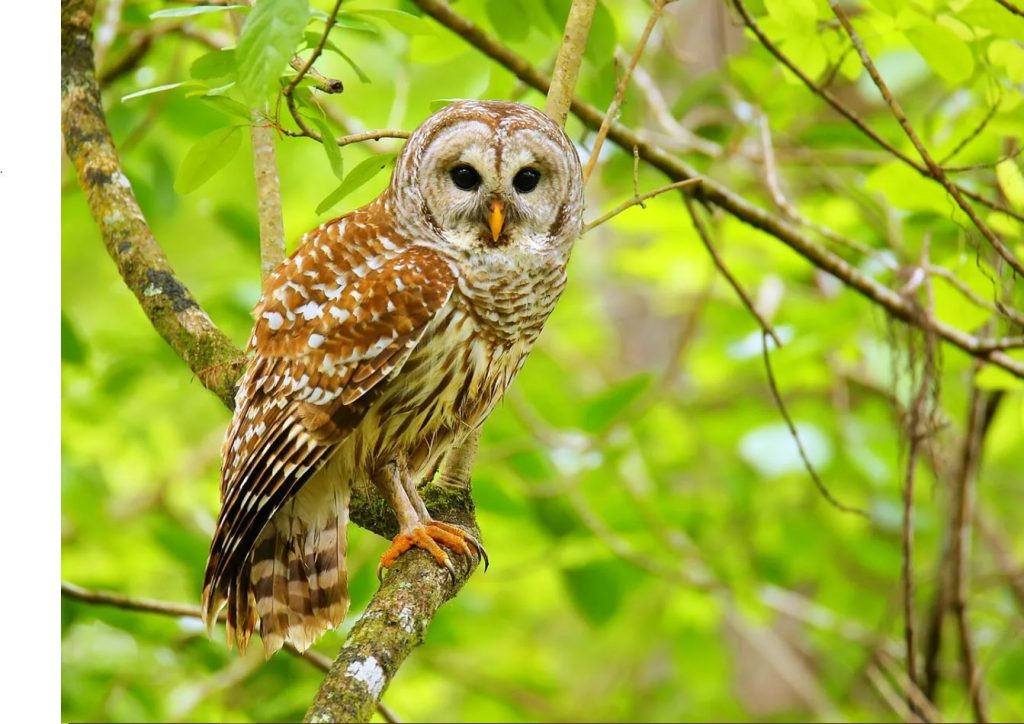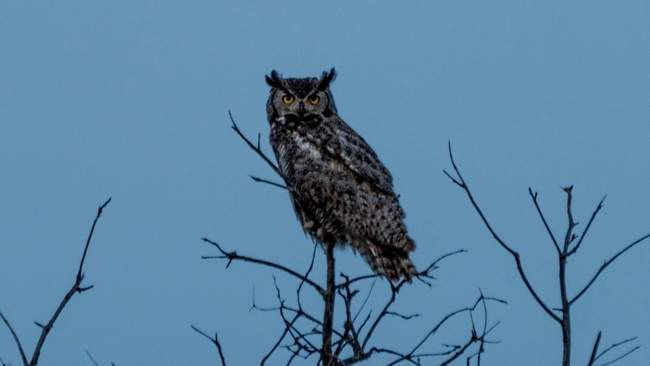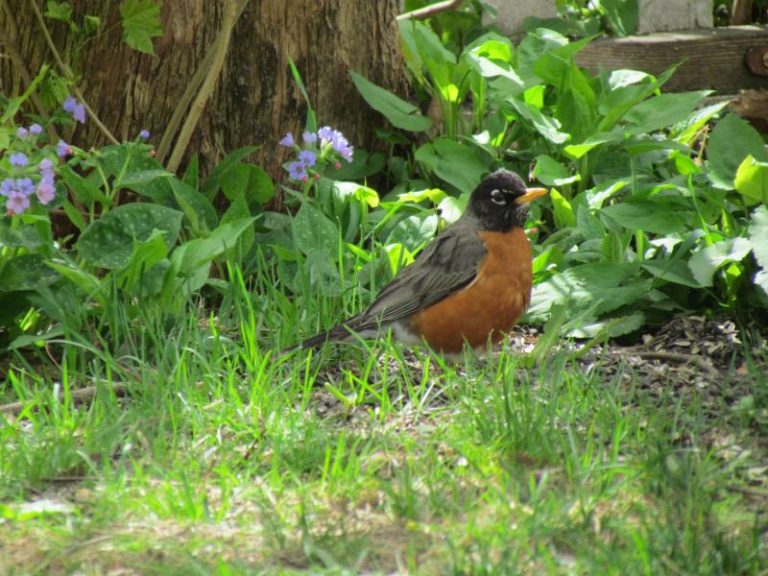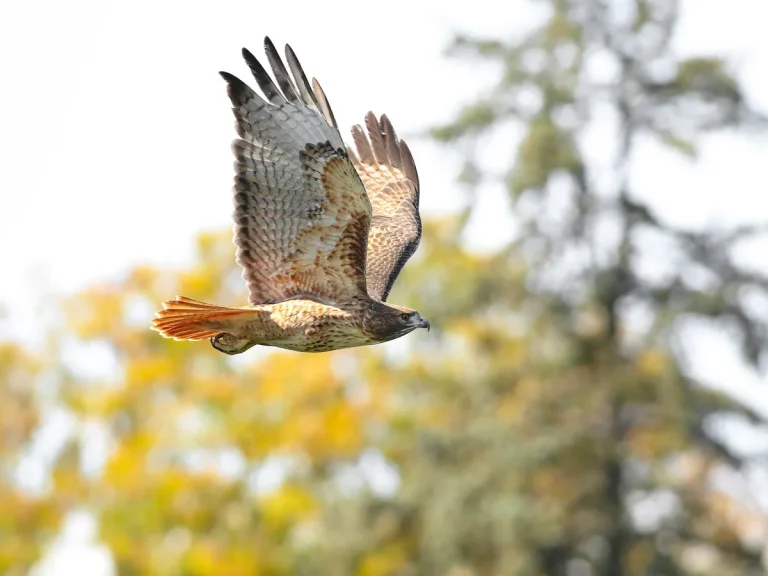Are Owls Nocturnal or Just Misunderstood? All About Owls
Owls are some of the most fascinating and mysterious birds in the animal kingdom. With their haunting calls, silent flight, and piercing eyes, they’ve captured human imagination for centuries. But one question often arises: Are owls nocturnal? The answer isn’t as simple as a yes or no. While many owl species are indeed nocturnal, others are diurnal (active during the day) or crepuscular (active at dawn and dusk).
In this comprehensive guide, we’ll explore:
- The truth about owl activity patterns
- Why some owls are nocturnal while others aren’t
- How owls’ adaptations help them thrive at night
- Common misconceptions about owl behavior
- The different types of owls and their habits
By the end, you’ll have a deeper understanding of these enigmatic birds and their place in the natural world.
What Does “Nocturnal” Mean?
Before diving into owl behavior, let’s define what nocturnal actually means. Nocturnal animals are primarily active during the night and rest during the day. This adaptation helps them avoid predators, reduce competition for food, and take advantage of nighttime hunting opportunities.
Many people assume all owls are nocturnal, but that’s not entirely accurate. While most owl species do prefer nighttime activity, some break the mold.
Are All Owls Nocturnal? The Surprising Truth
1. Most Owls Are Nocturnal
The majority of owl species, including the well-known Great Horned Owl (Bubo virginianus) and Barn Owl (Tyto alba), are nocturnal. They have evolved specialized adaptations for nighttime hunting, such as:
- Exceptional night vision – Owls have large eyes with more rod cells (which detect low light) than cone cells (which detect color).
- Incredible hearing – Their facial discs funnel sound to their ears, allowing them to locate prey in complete darkness.
- Silent flight – Specialized feathers reduce noise, helping them swoop down on prey undetected.
These traits make them formidable nighttime predators.
2. Some Owls Are Diurnal (Active During the Day)
Not all owls sleep during the day. A few species, like the:
- Northern Hawk Owl (Surnia ulula) – Often hunts in daylight, especially in the Arctic where summer nights are short.
- Burrowing Owl (Athene cunicularia) – Frequently seen foraging during the day in open grasslands.
These owls have adapted to daylight hunting, possibly due to prey availability or habitat conditions.
3. Crepuscular Owls (Dawn and Dusk Hunters)
Some owls, like the Short-eared Owl (Asio flammeus), are crepuscular—most active at twilight. This behavior allows them to take advantage of low-light conditions when many prey animals (like rodents) are also active.
Why Are Most Owls Nocturnal? Evolutionary Advantages
Several factors explain why most owls are nocturnal:
1. Less Competition for Food
Many birds of prey (eagles, hawks, falcons) hunt during the day. By hunting at night, owls avoid direct competition, giving them access to rodents, insects, and other prey without interference.
2. Stealthy Hunting
Nighttime provides cover, allowing owls to ambush prey more effectively. Their silent flight and sharp hearing make them nearly undetectable.
3. Avoiding Predators
Larger raptors may prey on smaller owls. Being active at night reduces the risk of attacks from daytime predators.
4. Prey Availability
Many small mammals (mice, voles, rabbits) are also nocturnal, making them easier targets for owls under the cover of darkness.
How Do Owls See So Well at Night?
One of the most remarkable features of owls is their night vision. Here’s how it works:
1. Large, Tubular Eyes
Unlike humans, owls have fixed eye sockets, meaning they can’t move their eyes. Instead, they rotate their heads up to 270 degrees to compensate. Their large eyes gather more light, enhancing night vision.
2. High Rod Cell Density
Rod cells detect light and motion, while cone cells detect color. Owls have far more rods than cones, allowing them to see in near-total darkness—though they see mostly in black and white.
3. Tapetum Lucidum (Eyeshine)
Like cats, owls have a reflective layer behind their retinas called the tapetum lucidum, which amplifies available light. This is why their eyes seem to glow in flashlight beams.
Myths and Misconceptions About Owls: Separating Fact from Fiction
Owls have long been shrouded in mystery, leading to numerous myths and misunderstandings. From ancient folklore to modern superstitions, these birds are often misrepresented. Let’s take a deeper look at some of the most common misconceptions about owls and uncover the truth behind them.
Myth 1: All Owls Are Nocturnal
The Misconception
Many people assume that all owls are strictly nocturnal, sleeping during the day and hunting exclusively at night. This belief is so widespread that owls are often used as symbols of the night in literature and media.
The Reality
While it’s true that most owl species are nocturnal, not all follow this pattern. Some owls are:
- Diurnal (active during the day) – Examples include the Snowy Owl (Bubo scandiacus) and Northern Hawk Owl (Surnia ulula), which hunt in daylight, especially in Arctic regions where summer nights are extremely short.
- Crepuscular (active at dawn and dusk) – The Short-eared Owl (Asio flammeus) prefers twilight hours when prey like voles and mice are also active.
Why the Confusion?
Since the majority of owls are nocturnal, people generalize their behavior. Additionally, even nocturnal owls may occasionally hunt during the day if food is scarce, further blurring the lines.
Myth 2: Owls Can Turn Their Heads All the Way Around
The Misconception
A popular myth claims that owls can rotate their heads a full 360 degrees, an idea often sensationalized in cartoons and horror stories.
The Reality
Owls cannot spin their heads in a complete circle, but they do have an extraordinary range of motion:
- They can turn their heads up to 270 degrees (about three-quarters of a full rotation).
- This ability compensates for their fixed eye sockets—unlike humans, owls can’t move their eyes, so they must turn their heads to see around them.
How Do They Do It Without Injuring Themselves?
Owls have specialized adaptations to prevent injury:
✔ Extra vertebrae – Owls have 14 neck vertebrae (humans have only 7), allowing extreme flexibility.
✔ Blood vessel backups – Their circulatory system has alternative pathways to keep blood flowing even when their neck is twisted.
✔ Protective bone structure – Their arteries have cushioned chambers to prevent tearing during rapid movement.
Myth 3: Owls Are Bad Omens or Harbingers of Death
The Misconception
In many cultures, owls are associated with bad luck, death, or witchcraft. Some superstitions claim that hearing an owl’s hoot means impending doom or that seeing one near a house signals a coming death.
The Reality
Owls have diverse symbolic meanings across cultures:
- Wisdom & Knowledge – In Greek mythology, the owl was sacred to Athena, the goddess of wisdom.
- Protection – Some Native American tribes view owls as guardian spirits.
- Death & Misfortune – In parts of Africa and medieval Europe, owls were linked to dark omens, likely due to their nocturnal nature and eerie calls.
Why the Negative Associations?
- Their nocturnal habits made them mysterious to ancient people.
- Their piercing eyes and silent flight seemed supernatural.
- Some species, like the Barn Owl, have ghostly white faces and haunting screeches, adding to their eerie reputation.
In truth, owls are simply highly skilled predators, not omens of doom.
Myth 4: Owls Are Completely Silent Flyers
The Misconception
Many believe owls fly in absolute silence, making them the “ghosts of the night.” This idea comes from their reputation as stealthy hunters.
The Reality
While owls are among the quietest fliers in the animal kingdom, they aren’t completely silent. Here’s why:
✔ Specialized Feathers – Their wing feathers have fringed edges that break up turbulence, reducing noise.
✔ Soft Downy Covering – The velvety texture of their feathers muffles sound.
✔ But Not 100% Silent – Some species, like the Barn Owl, produce faint hissing or screeching sounds when flying, especially during aggressive encounters or mating calls.
How Silent Are They Compared to Other Birds?
Studies show that owl wings generate less than half the noise of other birds of similar size. This near-silent flight helps them ambush prey without detection.
Bonus Myth: Owls Can See in Total Darkness
The Misconception
Many think owls have night vision so powerful they can see in pitch-black darkness.
The Reality
Owls cannot see in complete darkness, but they do have exceptional low-light vision:
✔ Large Eyes with More Rods – Their eyes are optimized for detecting movement in dim light.
✔ Tapetum Lucidum – A reflective layer behind their retinas (like cats) enhances available light.
✔ Limited Color Vision – They see mostly in shades of gray, sacrificing color for better night detection.
In absolute darkness, owls rely more on their incredible hearing to locate prey.
Conclusion: Owls Are More Than Just Myths
Owls are fascinating creatures, but many myths distort our understanding of them. By debunking these misconceptions, we can appreciate them for what they truly are:
✔ Not all owls are nocturnal—some thrive in daylight.
✔ They can’t spin their heads 360°, but 270° is still impressive.
✔ They’re not evil omens—just highly efficient hunters.
✔ Their flight is nearly silent, but not completely soundless.
Types of Owls and Their Activity Patterns
Here’s a quick overview of different owl species and whether they’re nocturnal, diurnal, or crepuscular:
| Owl Species | Activity Pattern | Habitat |
|---|---|---|
| Great Horned Owl | Nocturnal | Forests, deserts, urban areas |
| Barn Owl | Nocturnal | Farmlands, grasslands |
| Snowy Owl | Diurnal/Crepuscular | Arctic tundra |
| Northern Hawk Owl | Diurnal | Boreal forests |
| Short-eared Owl | Crepuscular | Open fields, marshes |
| Burrowing Owl | Diurnal | Grasslands, deserts |
Conclusion: Are Owls Nocturnal? It Depends!
So, are owls nocturnal? The answer varies by species. While most owls are indeed night hunters, others thrive in daylight or twilight. Their behavior depends on evolutionary adaptations, prey availability, and habitat conditions.
Key Takeaways:
✔ Most owls are nocturnal, but some are diurnal or crepuscular.
✔ Nighttime adaptations (sharp hearing, night vision, silent flight) make owls exceptional hunters.
✔ Not all owls are the same—species like the Snowy Owl and Burrowing Owl break the nocturnal stereotype.
Next time you hear an owl hoot at night or spot one perched in daylight, you’ll know there’s more to these birds than meets the eye!
FAQs About Owls and Nocturnal Behavior
Q: Do owls sleep during the day?
A: Nocturnal owls do sleep during the day, usually in hidden spots like tree cavities or dense foliage.
Q: Can owls see in complete darkness?
A: No, but they can see in extremely low light—much better than humans.
Q: Why do owls hoot at night?
A: Hooting is used for territory marking, mating calls, and communication.
Q: Are there any fully diurnal owls?
A: Yes, the Northern Hawk Owl and Burrowing Owl are primarily daytime hunters.
Q: Do owls hunt during the day if they’re nocturnal?
A: Rarely, but some may hunt at dusk or dawn if food is scarce.
By understanding owl behavior, we can appreciate these incredible birds even more. Whether they’re soaring under moonlight or perched in daylight, owls remain one of nature’s most captivating hunters.
Would you like to learn more about a specific owl species? Let us know in the comments!

